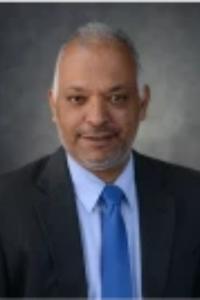Professor
School of Engineering
Email:
mahassan@uoguelph.ca
Phone number:
(519) 824-4120 ext. 52429
Office:
THRN 1339
Website links:

Dr. Marwan Hassan received his PhD from McMaster University in 2000. Between 2001 and 2011, Hassan held a position at the University of New Brunswick—first as an Assistant Professor and later as an Associate Professor. He joined the School of Engineering at the University of Guelph in 2011 where he is now a full Professor.
Hassan’s research focuses on the advancement of mechanics as an engineering science by combining its three main disciplines—solid, fluids, and controls—such that they successfully interact. He uses structural modeling, computational techniques, and experimental results to develop a framework to evaluate the performance of structures. Key areas of focus include:
Funding